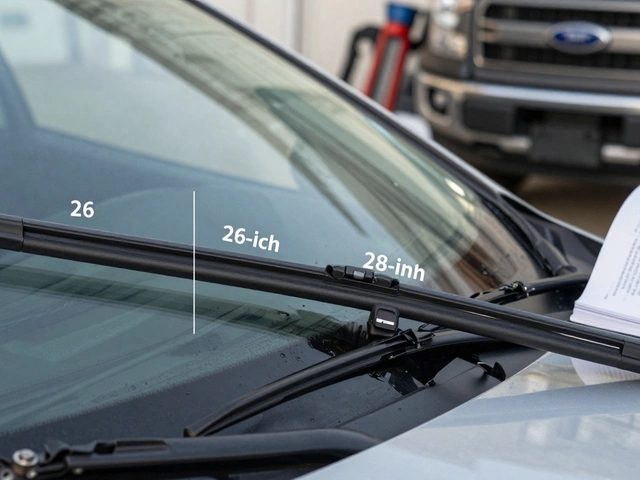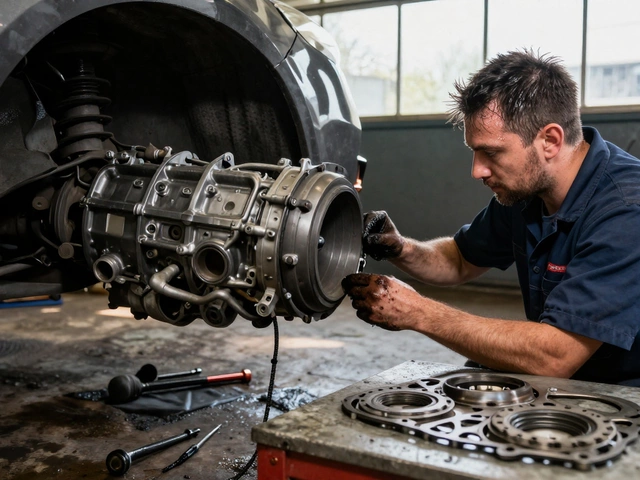Driving Comfort: How Suspension, Brakes, and Maintenance Keep Your Ride Smooth
When you think about driving comfort, the overall feel of a smooth, quiet, and controlled ride while operating a vehicle. Also known as ride quality, it's not just about plush seats or a quiet cabin—it's the result of your car’s core systems working together properly. If your car bounces over bumps, vibrates at highway speeds, or feels loose when turning, you’re not just dealing with noise or annoyance—you’re riding on worn-out parts that could be dangerous.
Good driving comfort, the overall feel of a smooth, quiet, and controlled ride while operating a vehicle. Also known as ride quality, it's not just about plush seats or a quiet cabin—it's the result of your car’s core systems working together properly. If your car bounces over bumps, vibrates at highway speeds, or feels loose when turning, you’re not just dealing with noise or annoyance—you’re riding on worn-out parts that could be dangerous.
Most people don’t realize how much shock absorbers, components that dampen the impact of bumps and keep tires in contact with the road. Also known as dampers, they’re critical for both safety and comfort. affect your ride. When they wear out, your car doesn’t just feel bouncy—it takes longer to stop, tires wear unevenly, and steering becomes unpredictable. You might not notice it day to day, but after a few years, the difference between new and old shocks is like driving a different car.
Then there’s the brake rotors, discs that brake pads clamp down on to slow or stop the vehicle. Also known as brake discs, they’re not just about stopping power—they directly impact how smoothly your car slows down. Warped or worn rotors cause pulsing in the brake pedal and a shaky steering wheel when you brake. That’s not normal. It’s a sign your ride is losing its smoothness, and it’s not just a repair—it’s a safety fix.
And let’s not forget how suspension system, the network of springs, shocks, and linkages that connect the wheels to the car body. Also known as vehicle suspension, it’s the unsung hero of every comfortable drive. ties into everything else. A failing suspension doesn’t just make the ride rough—it puts extra stress on your tires, steering, and even your engine over time. That’s why a bad shock doesn’t just affect comfort—it can lead to bigger, costlier problems if you ignore it.
Driving comfort isn’t something you can ignore. It’s not a luxury. It’s the result of regular care. A simple oil change keeps your engine alive. Checking your tire pressure keeps your fuel economy up. But if your shocks are shot or your rotors are warped, no amount of clean oil or perfect pressure will make your ride feel right. You can’t drive comfortably on broken parts.
What you’ll find below are real, practical guides from drivers who’ve been there—how to spot failing shocks before they turn into a hazard, when you can skip replacing rotors, what really happens when you delay brake work, and why your suspension isn’t something you can wait on. These aren’t theory pieces. They’re checklists, signs to watch for, and honest advice on what to fix now versus what can wait. No fluff. Just what you need to get back to a smooth, safe ride.





